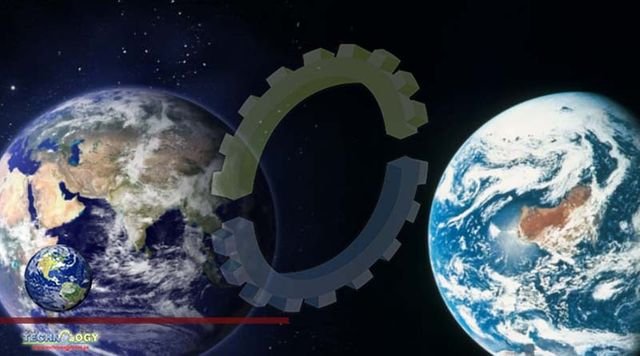Scientists’ understanding of the Earth’s inner core a hot, dense ball of solid iron the size of the planet Pluto – has expanded dramatically over the past three decades. In a new study, a team of researchers from the USC Dornsife College of Letters, Arts, and Sciences has found that the inner core oscillates, contradicting previously proposed models that suggested it consistently rotates at a faster rate than the Earth’s surface.

By analyzing seismic data, the experts discovered that the inner core changed direction in the six-year period from 1969 to 1974, a phenomenon that also explains the variation in the length of day that has been shown to oscillate persistently during the past few decades.
“From our findings, we can see the Earth’s surface shifts compared to its inner core, as people have asserted for 20 years,” said study co-author John E. Vidale, a professor of Earth Sciences at USC Dornsife. “However, our latest observations show that the inner core spun slightly slower from 1969-71 and then moved the other direction from 1971-74. We also note that the length of day grew and shrank as would be predicted. The coincidence of those two observations makes oscillation the likely interpretation.”
By analyzing seismic waves generated from Soviet underground nuclear bomb tests from 1971 to 1974 in the Arctic archipelago Novaya Zemlya, Professor Vidale and his colleagues found that the inner core rotated slower than previously predicted (approximately 0.1 degrees per year). Applying the same methodology to a pair of earlier atomic tests beneath Amchitka Island at the tip of the Alaskan archipelago, the researchers were surprised to discover that the inner core had reversed direction, sub-rotating at least a tenth of degree per year.
“The idea the inner core oscillates was a model that was out there, but the community has been split on whether it was viable,” Professor Vidale explained. “We went into this expecting to see the same rotation direction and rate in the earlier pair of atomic tests, but instead we saw the opposite. We were quite surprised to find that it was moving in the other direction.” These findings support the hypothesis that the inner core oscillates based on variations in the length of day (plus or minus 0.2 seconds during six years) and geomagnetic fields.
The inner core is not fixed it’s moving under our feet, and it seems to going back and forth a couple of kilometers every six years. One of the questions we tried to answer is, does the inner core progressively move or is it mostly locked compared to everything else in the long term? We’re trying to understand how the inner core formed and how it moves over time this is an important step in better understanding this process,”
Source: This news is originally published by earth